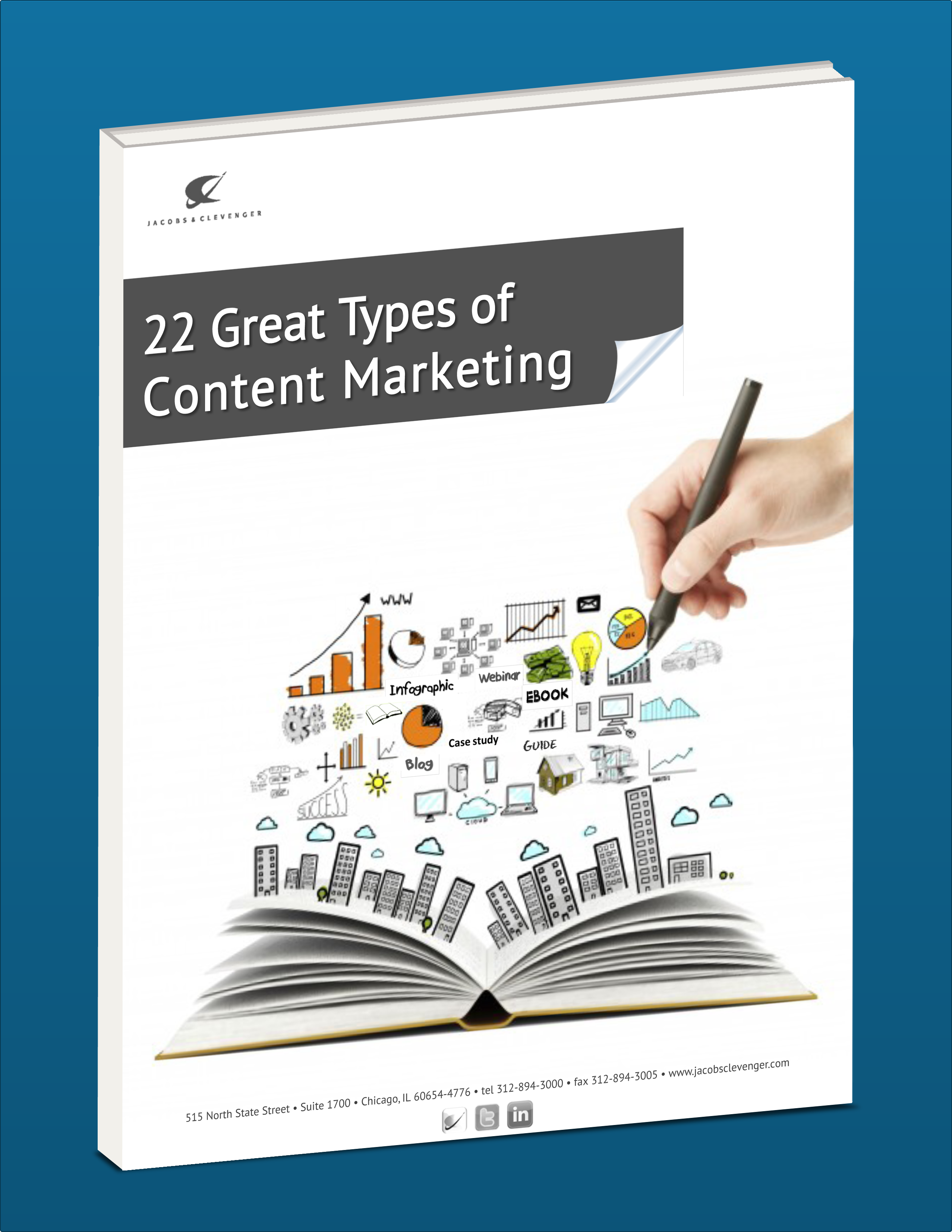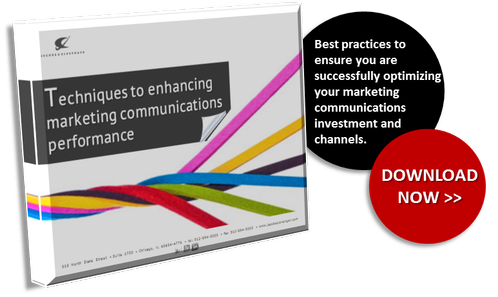
J&C Blog
Find all the latest marketing trends on the J&C Blog.

Find all the latest marketing trends on the J&C Blog.
 Editors have a lot of power over content creation. Just ask any writer.
Editors have a lot of power over content creation. Just ask any writer.
Raymond Carver, for example, had a back-and-forth relationship with his editor, Gordon Lish, who famously gutted the author’s short stories and was partly responsible for Carver’s reputation for producing lean prose. Even so, his work influenced the popular movies “Birdman” and “Everything Must Go.” And later his editor went on to work with other famous writers of the time, including Vladimir Nabokov and Milan Kundera.
Quality content creation relies largely on editor insights. But editors must go beyond ensuring a clean and clear reading of the text. They must also make sure that the tone of the piece aligns with the brand, and that the central message (or offer) shines through and engages the target.
Here are five editing tips to help marketers produce quality content for maximum customer engagement.
1. Make the task of reading easier on the reader
I consider myself an avid reader, but sometimes I still cringe when I turn the page to a long block of text that doesn’t have any dialogue or hard breaks. Even when I’m fully engaged in the story, my eyes appreciate a little white space now and then.
When marketers are working with information-heavy content, break it down for readers with bullet points, lists, images and other formatting changes. That way, the reader is given a little time to process the information before moving on to the next paragraph or marketing communication.
Editors can work with production artists to collaborate on the layout of each marketing material. There are several design choices, such as the right rail, that can help make scanning the text for important content easier on the reader. If bullet points and lists are used, make sure they are driven by facts and stats to support the main offer. Images can serve as visual representations of especially complicated text, and they can help engage the reader as well.
 2. Readers should know what the content is about within the first 100 words
2. Readers should know what the content is about within the first 100 words
Is the right message being communicated? This is a question every marketer should ask the team before moving forward with content creation. The angle might aim to highlight a consumer trend or behavior, or it might promote a new product or service. Readers should not have to ask themselves midway into the communication, “What’s this all about?”
Failure to clearly communicate a message with your marketing materials can doom a campaign. Whether you’re creating a direct mail package that includes a letter, buck slip, envelope and brochure or implementing an ongoing email or digital campaign, make sure that all elements state the terms of the offer. In addition, never forget to include a call to action. Every piece of marketing material should clearly highlight a next step to take, whether it’s to make a purchase, attend an event or learn more.
3. Treat exclamation points like minefields and tread lightly
Something as innocuous as an exclamation point can be jarring and even gimmicky to readers if they’re not used to seeing it in your marketing materials. While exclamation points can draw attention to a certain word or phrase and can be effective when used sparingly, they will never replace the importance of strong content creation.
The same can be said of text treatment. Use italicization, bold phrases and enlarged text to emphasize important, offer-related information only. Otherwise, you risk overshadowing the offer. Again, editors can collaborate with production artists to ensure the content is complemented rather than overwhelmed by the design.
4. Filler words are not as powerful as action words
Successful content creation relies on information that is new, applicable and relevant to the reader, especially lengthier pieces like ebooks. Filler words will only work against marketers because they often lead to unnecessary repetitions, sloppy and unclear messaging, and misinterpretations of the text. You don’t want to confuse readers simply because you’re trying to make a written piece long enough. Nor do you want your marketing communications to resemble an endless stream of terms and conditions.
One of the greatest advantages of digital marketing is the reduced stress over adequately filling a space to ensure there’s neither too many words nor too few on a page. Make sure to not go overboard with greater freedom.
Consumers are also showing a growing preference for clear, concise communications, as evidenced by social media platforms like Twitter and Snapchat. Instead of using filler words, allow the power of the offer and its accompanying facts to motivate the consumer to act.
5. A horticulture magazine would not employ the language and tone of Cosmopolitan
Just think of all the hours you’d have to spend changing OMGs to GMOs. It is the editor’s responsibility to honor the voice of the brand he or she represents, whether it’s a special-interest monthly publication or a utility company with a green bent. Consistency is key to successful content creation.
The best way to approach this is to pretend you’re writing chapters of the same book. The story is ongoing, and it only makes sense to employ the same narrative voice you’ve employed since chapter one. This doesn’t mean marketers can’t alter the tone to target different segments. As long as the core message is uniformly communicated in the voice of your brand, some variance in the tone and language can be allowed for maximum customer engagement.
Boosting customer engagement can be a cinch with the aid of strong content creation. To learn more about how you can improve your marketing communications, download our free ebook, “Techniques to Enhancing Marketing Communications Performance.”

Topics: Inbound Marketing
303 E Wacker Drive, Suite 2030
Chicago, IL 60601
Phone: 312-894-3000
Fax: 312-894-3005